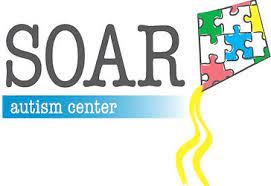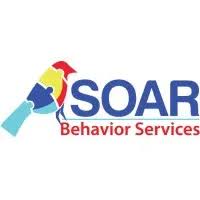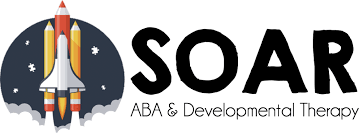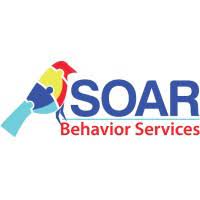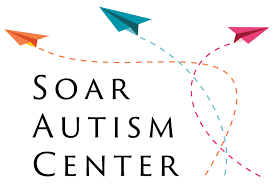SOAR Behavior Services
What We Do
Our mission
We Teach Kids
We Teach Parents
We Teach Our Community
To apply the most compassionate autism therapy in Coeur d’Alene for people with autism and other developmental disabilities in order to have a life-changing impact that benefits them throughout their lives.
Whether its in our clinics, in your home, or in the community, we use the science of ABA to teach lifelong skills and eliminate problem behaviors
Parents are an integral part of all of our autism programs. Every client receives a full scope of care, including regular, highly-individualized parent training
Consultation to local school districts, medical facilities, and community groups in order to create a larger community that supports and understand disabilities
Our Process
If you’re looking for autism therapy in Coeur d’Alene, look no further. We want your child to excel. That’s why we begin by getting to know everything about your child and your family. From our initial assessment, we develop a comprehensive treatment plan. Then we get to work. Because we want your family to SOAR.
- We start with a comprehensive assessment: interviewing caregivers, doing formal evaluation, and reviewing school and medical records
- Next we develop a highly individualized treatment plan tailored to the child’s specific needs, and share it with the parents or guardians
- We work hard implementing the plan and providing parent training and regular supervision to make sure we stay on track for success
- As we meet goals we continually re-evaluate so that your child can SOAR. Success can take some time so meeting goals is essential
Why us
Learning Through Play
We believe strongly that kids with autism learn best through natural experiences. Kids and teens learn best when they’re having fun. That’s why, at SOAR, we use evidence-based practices like Natural Environment Teaching to develop skills and reduce challenging behaviors.
Ready to Fly?
- We Make Learning Fun
- We Love What We Do
- We Adapt To Your Life
- Experts In Aba
